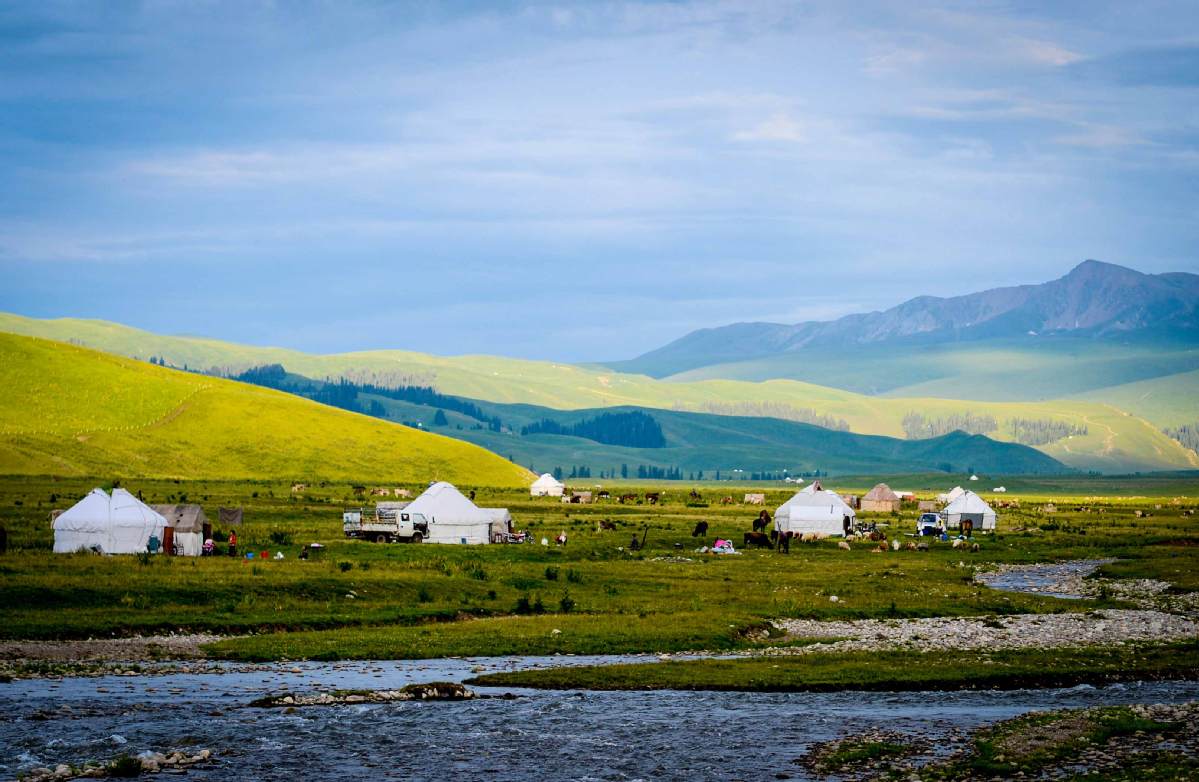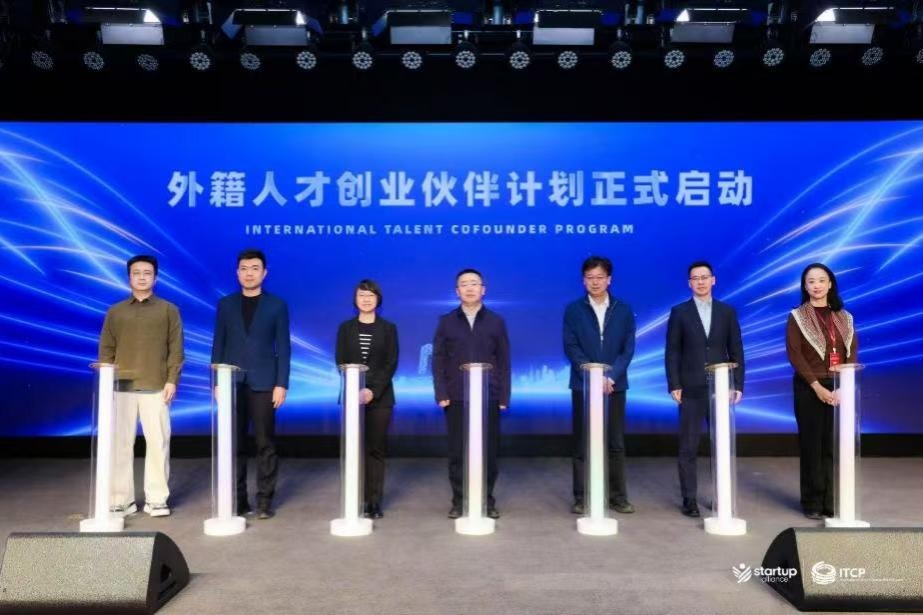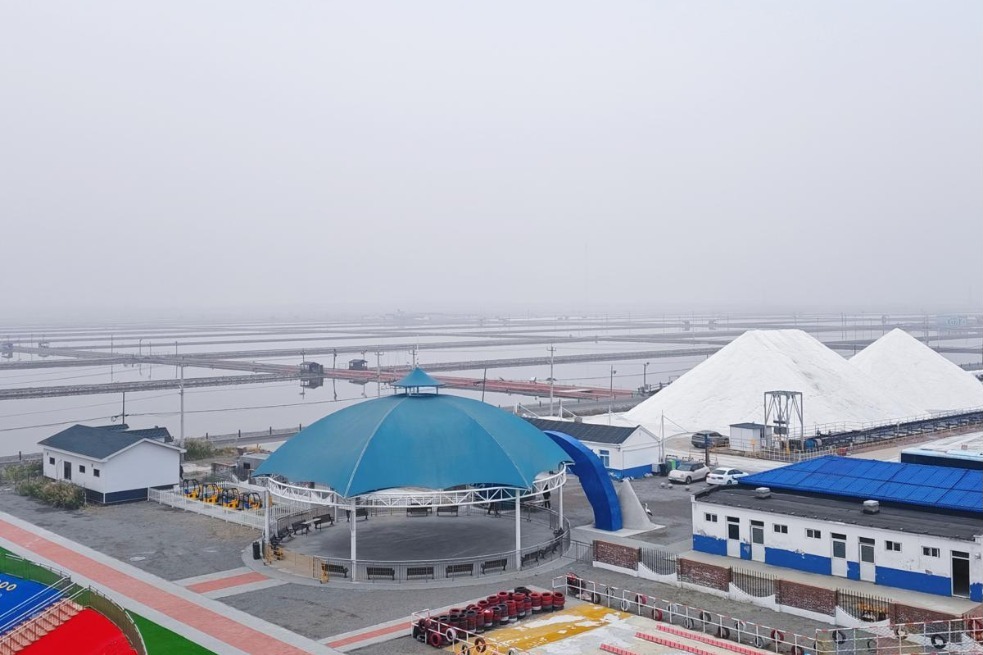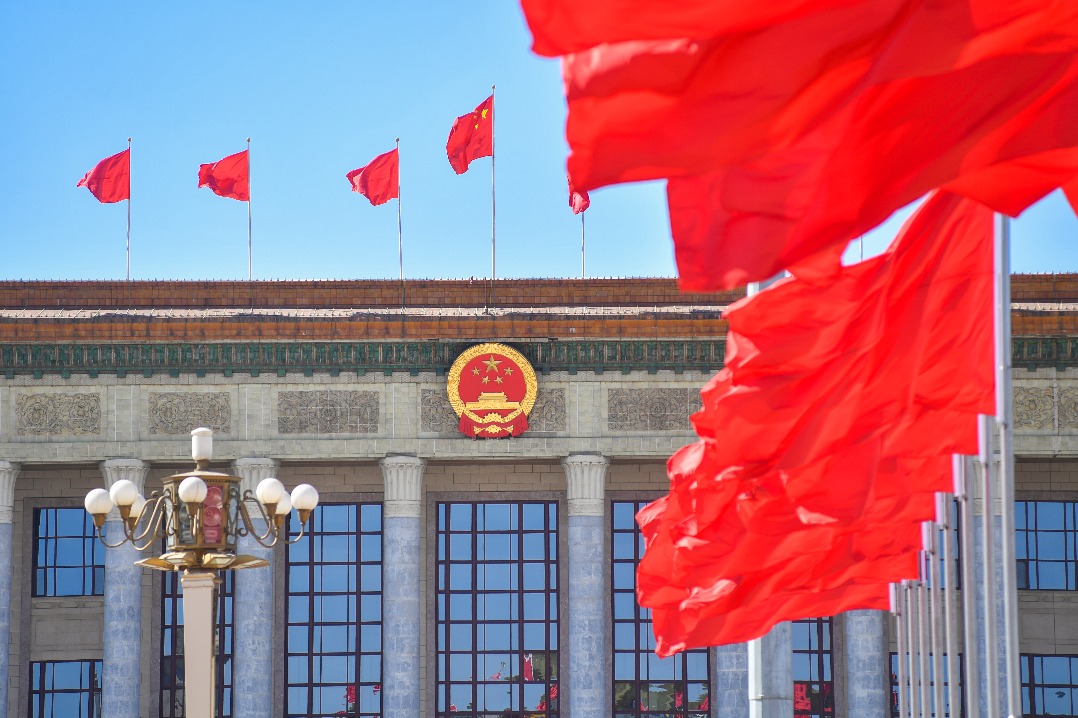Xinjiang a symbol of Silk Road promise


Bigger dreams
The initiative isn't just powering development in Xinjiang.
Last year, China's imports from countries involved in the Belt and Road Initiative rose by nearly 27 percent, compared with a 12 percent increase in overall imports, and its trade with those countries topped $1 trillion, up almost 18 percent year-on-year.
While protectionism threatens to derail global trade, the Belt and Road Initiative looks set to define the 21st century by cutting global deficits in peace, development and governance. Over 100 countries and international organizations are now on board.
As Xi said in an article published last month, the initiative offers a pathway to common development through improved infrastructure and connectivity and greater synergy of development strategies.
In just five years of experimentation and exploration, with visions becoming promises and promises turning into projects, the Belt and Road Initiative has emerged as one of the most important globally beneficial projects for international cooperation in modern history.
Projects in Xinjiang only scratch the surface of the opportunities under the initiative, and changes are first felt in Silk Road locations like Kashgar, the Alataw Pass and Horgos.
The most powerful change, however, is probably the changing of minds.
As the Loeffler's 19-year-old son, Tobias, said: "I knew little about the Silk Roads, but now I am intrigued. And after living in a foreign country like China, I know how much there is to see and do, and how great it can be."
Xinhua
- Xi attends carrier's commissioning
- Senior Xi'an official facing probe by China's anti-corruption watchdogs
- Philippines risks creating trouble for itself: China's defense ministry
- Newborn with congenital heart disease receives life-saving surgery in Yunnan
- Hong Kong charity signs diplomatic talent deal with Beijing university
- Aircraft carrier Fujian, commissioned



































